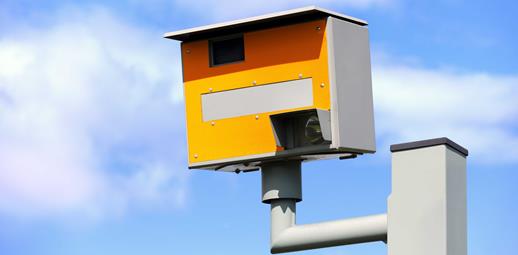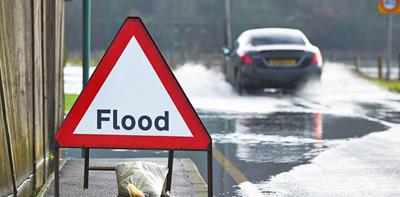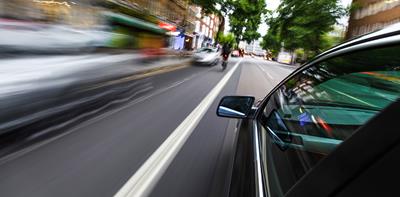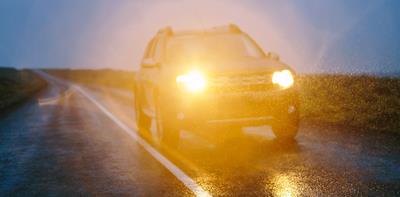
Speed cameras are a common feature on UK roads. Research has shown that they reduce speeding, collisions, deaths and injuries.
But who chooses where to put speed cameras and why?
The different types of speed cameras
Not all speed cameras are alike. The different kinds include:
- Fixed cameras: the boxy contraptions, usually grey or blue and yellow, which are permanently positioned on a roadside.
- Mobile cameras: these devices are operated from inside police cars and vans, or as handheld radar guns. They regularly change location, usually based on local accident data.
- Average speed cameras: these cameras work in pairs to calculate a vehicle’s average speed. Often mounted on motorway gantries, they use automatic number recognition to calculate the time it takes a vehicle to travel between cameras, and hence its speed.
Who chooses where to put speed cameras?
Deciding whether to install a speed camera on your road is the job of local partnerships between the police, local government, the Highways Agency and health authorities. They work together to identify dangerous sites where speed cameras could help improve road safety.
There are some government guidelines to help with these decisions. These recommend that for a speed camera to be installed, certain conditions should be met, including that at least 20% of drivers exceed the speed limit at the site. Also, accident history records should show that there is a serious crash risk on that stretch of road – there must have been at least two collisions resulting in people killed or seriously injured per kilometre in the last three years.
Public opinion and any community concerns about safety on a particular stretch of road should also feed into the decision about whether a speed camera is needed.
The money collected from speeding fines then goes into Central Government coffers, rather than to local councils. It’s also worth noting that speed cameras are usually cheaper to install than alternative traffic calming measures, such as bumps, bollards and chicanes.
Once a site has been chosen for a fixed camera, it shouldn’t be assumed it will fix the problem. Instead, government guidelines state that data should be routinely collected to ensure it’s working effectively and making an impact on road safety.
The decisions on where to put average speed cameras will be slightly different. You’ll often see them where there are roadworks with temporary lower speed limits, to keep road workers safe. But they’re not just used on fast roads - they can also be seen on urban 30mph and 40mph routes.
No £25 admin fee
When you update your policy online, e.g. amend driver, address or car details.
To read more about road safety go to Solved.
You can find out more about our car insurance here.


